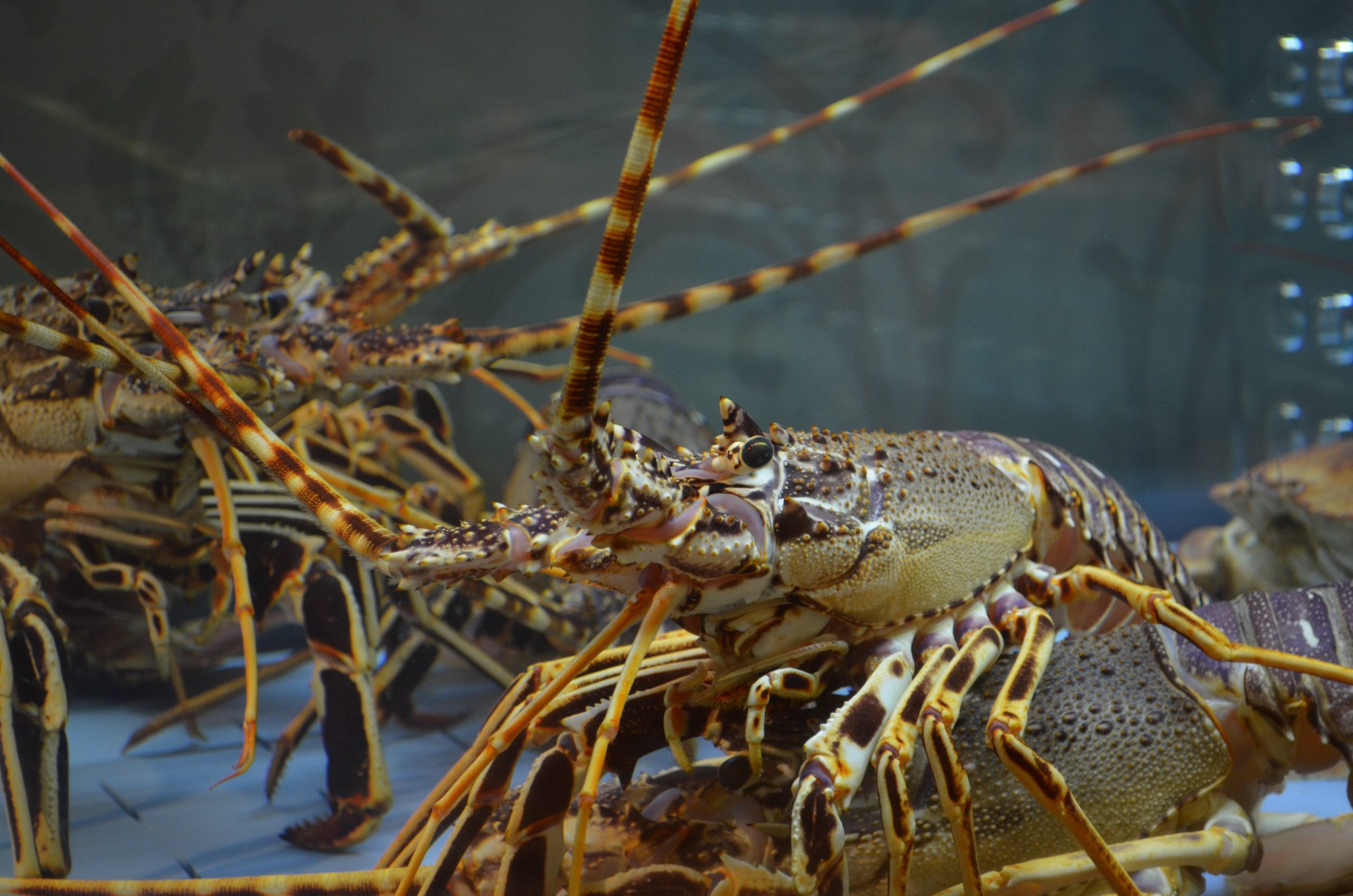The shark, the fearsome predator with its tapered body, vacuous eyes and, best of all, the wide jaws with three or four rows of teeth, so sharp and consumed that they get changed many times in a lifetime. Jaws that inspired Steven Spielberg in his namesake series of movies, a menace hard to escape from. Or so we are told.
Of the (about) 500 species of shark, just a few are dangerous for humans. 50% of them doesn’t even reach the length of 1 meter, the 82% stops at 2 meters. So the circle of the deadly ones grows smaller: just 4% of sharks is around the 4 meters. The arrangements are well known, don’t swim with open wounds or, for women, on a period – they can smell a particle of blood in a billion of water at a distance of more than half a mile. Don’t make them nervous, don’t move quick or try to escape, stay in groups because sharks prefer lonely preys. And there’s thanatosis.

Also known as catalepsy, thanatosis is a state of apparent death that some animals use as a defensive system. But it can be induced too. If sharks are overturned, they slow their breathing and don’t answer to external stimulus up to 15 minutes, it depends on the size. If the swimmer is cold enough to do that, he can obtain an “easy” safety! And we’re not the only ones who realized that. A bigger predator, the killer whale, can induce thanatosis, turning sharks upside down, thanks to its size. And if the orca takes the crown for its power, many animals above suspicion are way deadlier than a shark (for humans).
The average number of victims of a shark attack is six per year. Hippos, although vegetarians, cause 3000 deaths in Africa every year. In United States only, bees, wasps and hornets kill by the hundreds. The specie of mosquito that brings malaria can make half a million victims. Ants, spiders, dogs, snakes, are more dangerous than sharks, but even horses and cattles kill more when they kick. Indirectly, a simble of meekness like the deer kills more. But is connected on cars and crossing country roads.

Perhaps is the shark that has to be suspicious of humans. They don’t attack us much because we’re not part of their regular diet, unless there’s nothing else to eat, or because they’re not big enough. In the meantime we capture and kill about 100 millions every year, according a research made by Dalhousie University of Halifax, Canada. Mostly because fins are eaten is soups, a traditional eastern asian course, enjoyed by Ming dinasty centuries ago.
We use to call merciless people “sharks”, especially when it comes to high finance or leading positions in general. But this sinister fame is totally undeserved. Probably when a shark talk to another one about a particularly greedy fellow, it says “damn, this guy doesn’t actually stop at nothing. It’s really a human”.


































